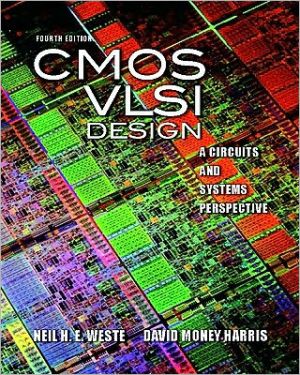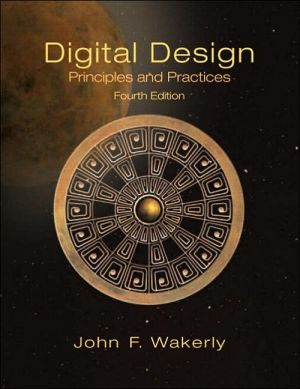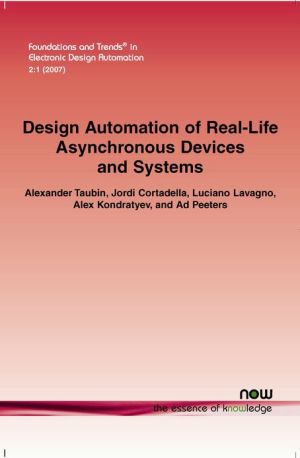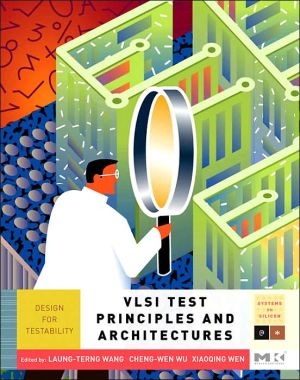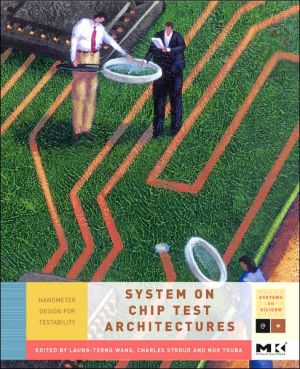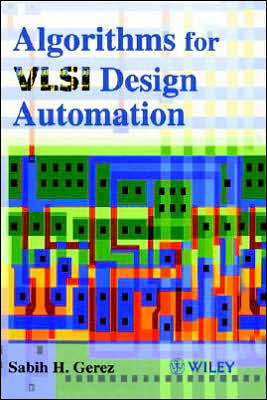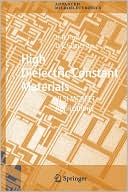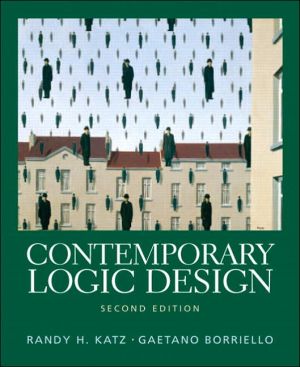Fundamentals of Modern VLSI Devices
The great advances made in VLSI technology in recent years have been underpinned by rapid developments in the design and fabrication of CMOS and bipolar devices, particularly at the deep submicron level. This book examines in detail the basic properties and design of these devices, including chip integration, and discusses the various factors that affect their performance. The book contains many exercises, and can be used as a textbook for senior undergraduate or first-year graduate courses...
Search in google:
Advanced undergraduate textbook for courses on microelectronics or VLSI devices, from internationally respected authors.
Physical Constants and Unit ConversionsList of SymbolsPreface1Introduction12Basic Device Physics93MOSFET Devices1124CMOS Device Design1645CMOS Performance Factors2246Bipolar Devices2927Bipolar Device Design3518Bipolar Performance Factors379App. 1CMOS Process Flow414App. 2Outline of a Process for Fabricating Modern n-p-n Bipolar Transistors418App. 3Effective Density of States419App. 4Einstein Relations422App. 5Electron-Initiated and Hole-Initiated Avalanche Breakdown425App. 6An Analytical Solution for the Short-Channel Effect in Subthreshold427App. 7Quantum-Mechanical Solution in Weak Inversion434App. 8Determination of Emitter and Base Series Resistances438App. 9Intrinsic-Base Resistance443References449Index461
\ From the Publisher"For the past several years, I’ve taught from Taur and Ning’s book because it’s best at connecting advanced device physics to real world device, circuit, and system technology. The second edition updates each chapter, adds new chapters on memory and SOI, doubles the number of appendices, and contains all new homework problems. The best book of its kind is now even better." \ Mark Lundstrom, Purdue University\ "I have taught a few VLSI device courses with the 1st edition as a textbook. Those were enjoyable experiences and the book was well received by students. Now the second edition comes with timely updates and two new chapters, which continue the tradition of emphasizing the design aspects of modern VLSI devices. I strongly recommend this book as a text or a reference in semiconductor device courses."\ Byung-Gook Park, Seoul National University\ "Fundamentals of Modern VLSI Devices, by Taur and Ning, has been an important reference text for our graduate semiconductor device physics course at UC Berkeley for several years. It provides a well-written review of the operation of MOSFETs and BJTs. The new edition expands on this by introducing major new topics related to memories, silicon on insulator devices, and scale length and high field modeling as applied to MOSFETs. By including this material, this text is now positioned to be the primary text for typical graduate device physics courses, and will meet the needs of both students and instructors through it's combination of detailed, well-written, and easy to follow descriptions of device operation, coupled with exercises and assignments for testing understanding of the relevant course material."\ Vivek Subramanian, UC Berkeley\ "This second edition of Fundamentals of Modern VLSI Devices builds on the tremendous success enjoyed by the original book. It provides well-organized and in-depth discussions on all relevant aspects of modern MOSFET and BJT devices, with an excellent balance of physics and mathematics. Every chapter is revised to reflect advances in VLSI devices in the last 10 years since the publication of the original book. Two new chapters on memory and silicon-on-insulator devices have been included along with nine additional appendixes. The problems at the end of each chapter are carefully designed and serve to help the readers better understand the key concepts."\ Wei Lu, University of Michigan\ \ \

